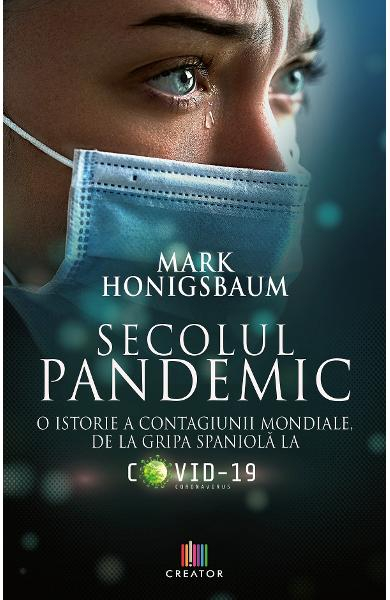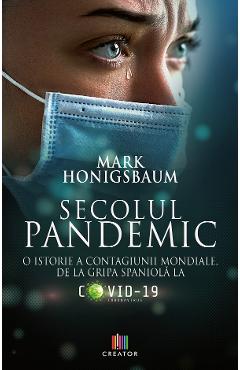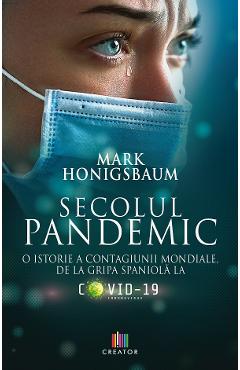The Pandemic Century: One Hundred Years of Panic, Hysteria, and Hubris - Mark Honigsbaum

Detalii The Pandemic Century: One Hundred
libris.ro
173.31 Lei
216.64 Lei
Medical
Mark Honigsbaum
The Pandemic Century: One Hundred - Disponibil la libris.ro
Pe YEO găsești The Pandemic Century: One Hundred de la Mark Honigsbaum, în categoria Medical.
Indiferent de nevoile tale, The Pandemic Century: One Hundred Years of Panic, Hysteria, and Hubris - Mark Honigsbaum din categoria Medical îți poate aduce un echilibru perfect între calitate și preț, cu avantaje practice și moderne.
Preț: 173.31 Lei
Caracteristicile produsului The Pandemic Century: One Hundred
- Brand: Mark Honigsbaum
- Categoria: Medical
- Magazin: libris.ro
- Ultima actualizare: 25-10-2024 01:12:27
Comandă The Pandemic Century: One Hundred Online, Simplu și Rapid
Prin intermediul platformei YEO, poți comanda The Pandemic Century: One Hundred de la libris.ro rapid și în siguranță. Bucură-te de o experiență de cumpărături online optimizată și descoperă cele mai bune oferte actualizate constant.
Descriere magazin:
Ever since the 1918 Spanish influenza pandemic, scientists have dreamed of preventing catastrophic outbreaks of infectious disease. Yet despite a century of medical progress, viral and bacterial disasters continue to take us by surprise, inciting panic and dominating news cycles. From the Spanish flu to the 1924 outbreak of pneumonic plague in Los Angeles to the 1930 parrot fever pandemic, through the more recent SARS, Ebola, and Zika epidemics, the last one hundred years have been marked by a succession of unanticipated pandemic alarms. In The Pandemic Century , a lively account of scares both infamous and less known, Mark Honigsbaum combines reportage with the history of science and medical sociology to artfully reconstruct epidemiological mysteries and the ecology of infectious diseases. We meet dedicated disease detectives, obstructive or incompetent public health officials, and brilliant scientists often blinded by their own knowledge of bacteria and viruses. We also see how fear of disease often exacerbates racial, religious, and ethnic tensions--even though, as the epidemiologists Malik Peiris and Yi Guan write, \'nature\' remains the greatest bioterrorist threat of all. Like man-eating sharks, predatory pathogens are always present in nature, waiting to strike; when one is seemingly vanquished, others appear in its place. These pandemics remind us of the limits of scientific knowledge, as well as the role that human behavior and technologies play in the emergence and spread of microbial diseases.

Produse asemănătoare
Produse marca Mark Honigsbaum

The Pandemic Century: One Hundred Years of Panic, Hysteria, and Hubris - Mark Honigsbaum
![]() libris.ro
libris.ro
Actualizat in 25/10/2024
173.31 Lei

Secolul pandemic. O istorie a contagiunii mondiale, de la gripa spaniola la Covid - 19
![]() cartidesuflet.ro
cartidesuflet.ro
Actualizat in 25/11/2021
53.1 Lei


